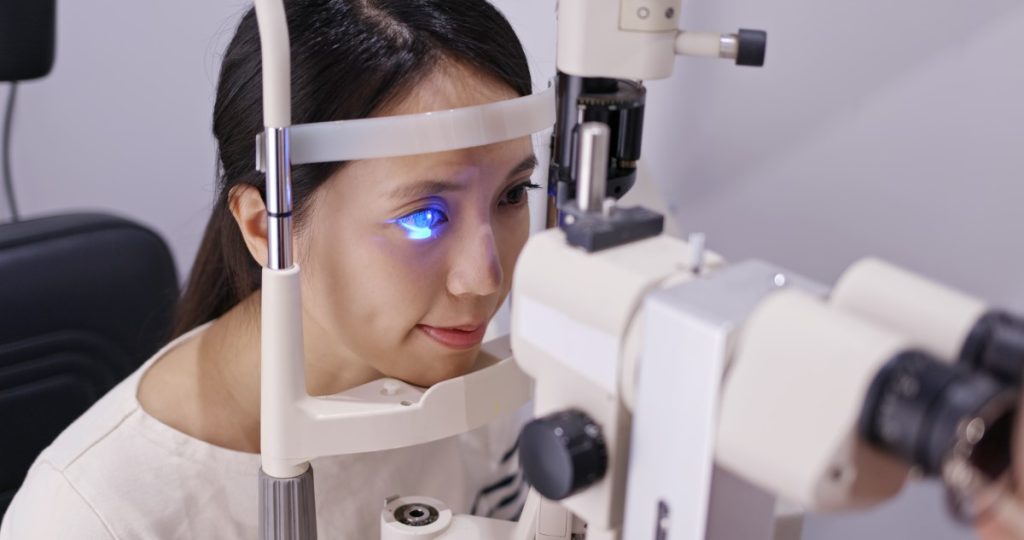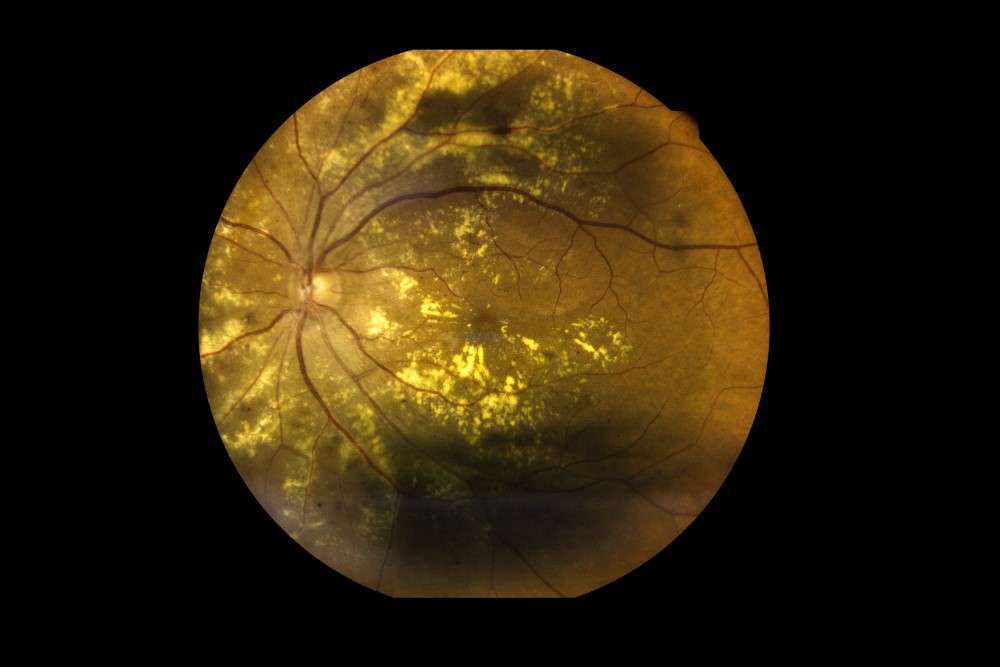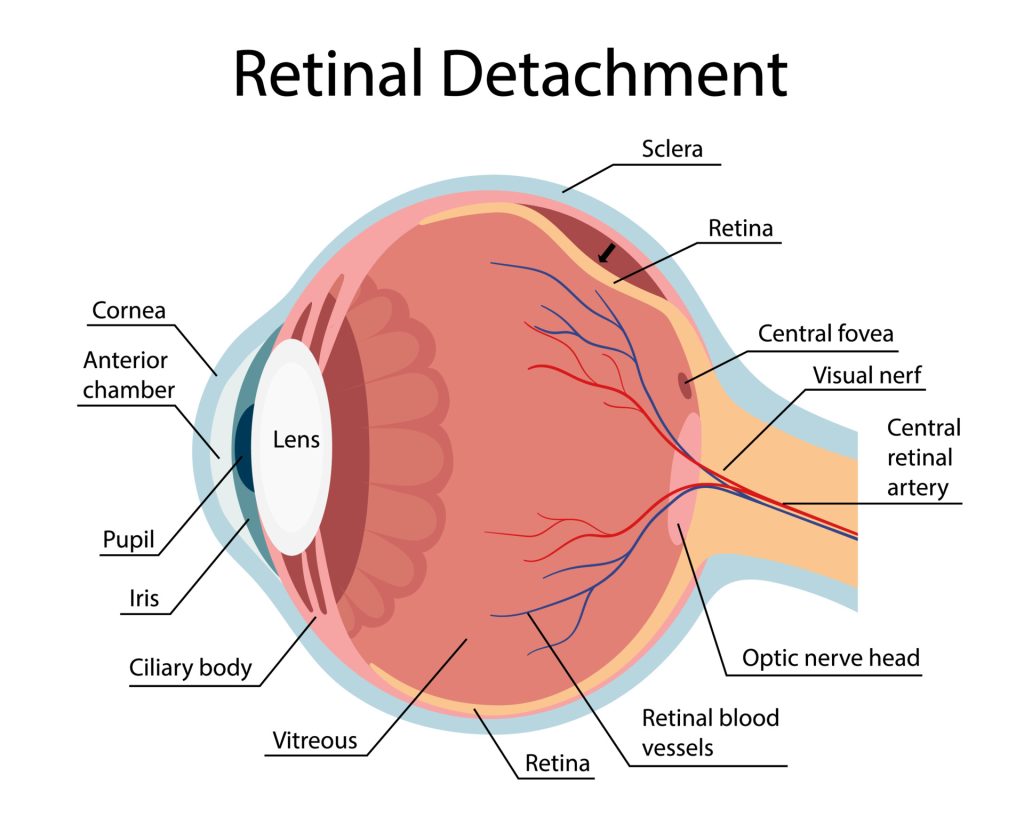Home / Eye Conditions
Eye Conditions

Myopia
Myopia, also known as short-sightedness or near-sightedness, is one of the most common eye conditions worldwide. It causes blurred vision for far/distant objects whilst near/close vision remains clear. For example, watching a movie at the cinema may be blurry or difficult to see but reading a book will be clear and in focus.

Hypermetropia
Hypermetropia, also known as Hyperopia, long-sightedness or far-sightedness is a common eye condition that can cause blurred vision or eye strain for near/closeby objects but generally clear vision for far/distant objects. For example reading or looking at small text may be difficult but watching TV is clear. Hyperopia can affect both children and adults.

Presbyopia
Presbyopia is what occurs to our eyes as we age and causes a change or a deterioration in near vision.

Astigmatism
Astigmatism is when the eye has a more irregular shape. This may cause unclear or distorted vision for both far and near objects.

Cataract
Cataract is a clouding of the eye’s natural lens, which is situated behind the iris and the pupil. This clouding occurs when proteins in the lens start to clump together, obstructing light from entering the eye and causing visual impairment.

Glaucoma
Glaucoma is a group of eye conditions that damage the eye’s Optic Nerve, which is responsible for carrying visual information to the brain and is vital for good vision.

Macular Degeneration
Age-Related Macular Degeneration (AMD) is a progressive eye condition which affects central vision. It is one of the leading causes of vision loss worldwide, accounting for 8.7% of blindness cases and is more prevalent in those over 60 years old, hence the name “age-related”.

Retinal Detachment
Retinal Detachment is an ocular emergency which can permanently affect central and peripheral vision. This article will explore what retinal detachment is, its symptoms, risk factors and treatment options.

Blepharitis
Blepharitis is a common, often chronic, eye condition that affects people of all ages. It is characterised by inflammation of the eyelids, typically affecting the base of the eyelashes.

Dry Eye
Dry eyes can be caused by various factors disturbing the healthy layer of tears on the surface of our eyes either by inadequate tear production (not enough tears) or excess tear evaporation (tears dry up too quickly).
Get in Touch
If you are concerned about your own or your child’s vision it’s best to book an eye examination to have this properly tested and diagnosed.




